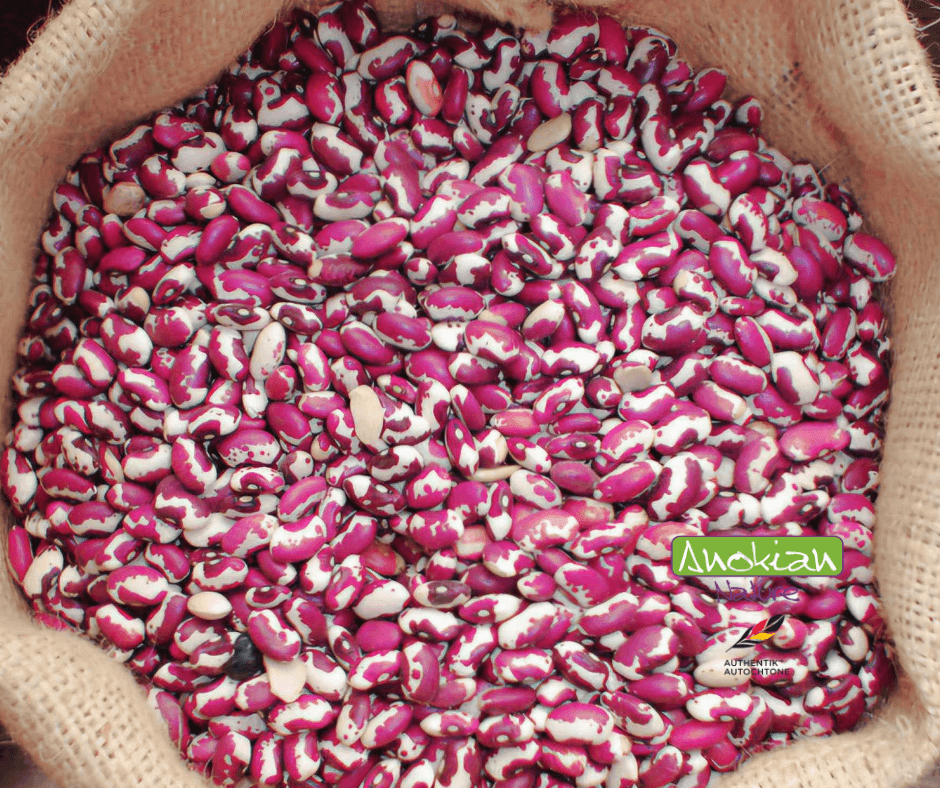Skip to product information










Seed | 1500 Year Old Hopi Ancestral Bean
$3.99 CAD
Quantity
Grow a true historical treasure with these Hopi heirloom bean seeds, preserved for 1,500 years. This exceptional variety, passed down from generation to generation by the Hopi people, offers not only inestimable heritage value but also remarkable hardiness in the face of arid conditions.